In a short film produced by Unseen Amsterdam and Canal 180 in collaboration with British Journal of Photography, we revisit key highlights of this year’s Unbound exhibition, guest-curated by Damarice Amao
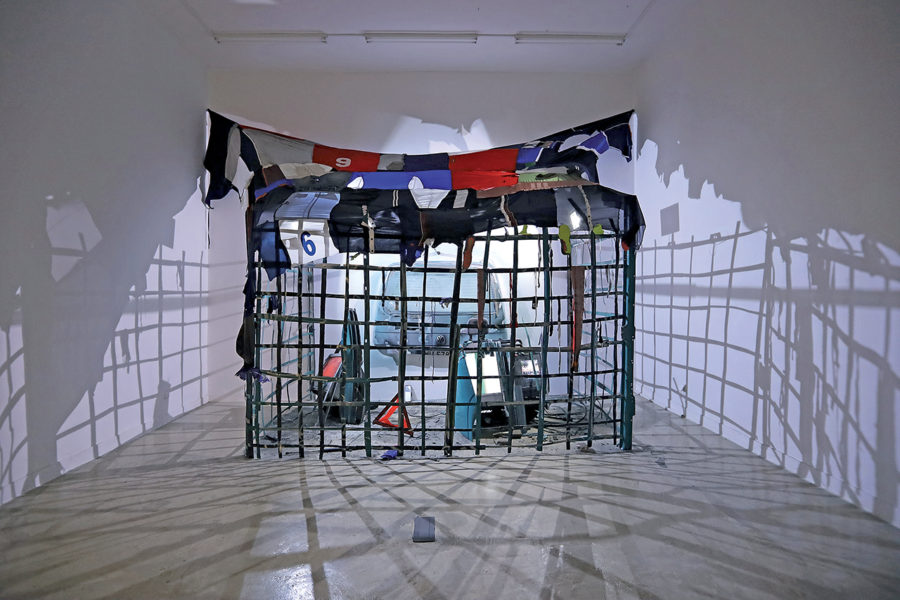

In a short film produced by Unseen Amsterdam and Canal 180 in collaboration with British Journal of Photography, we revisit key highlights of this year’s Unbound exhibition, guest-curated by Damarice Amao
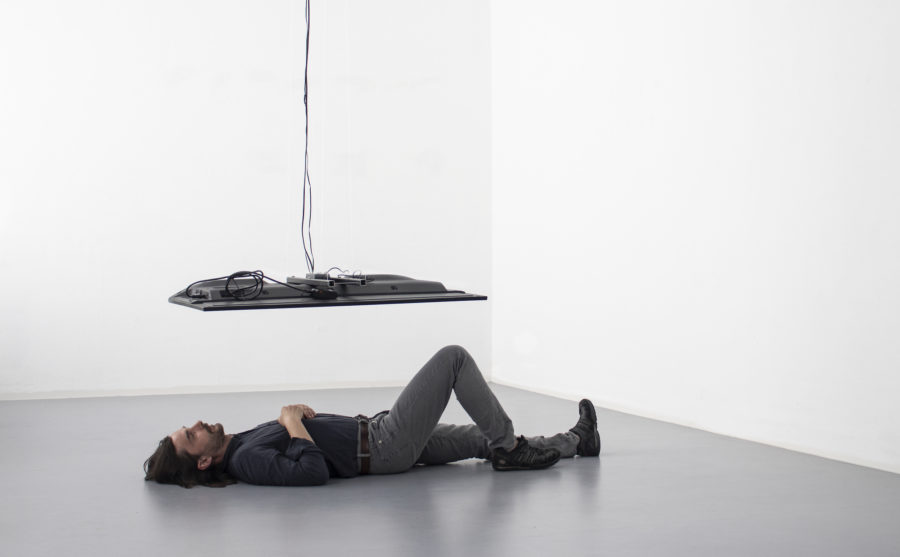
With multiple projects displayed, Chabrowski creates a borderline space of video and sculpture

Xu is the winner of this years Grand Prix prize at the Hyères International Festival Fashion and Photography. Here, we revisit an interview originally published in March 2020

Unbeknown to his parents, who are unaware of his sexuality, Xu returned home to create temporary installations exploring his identity in a space that has historically repressed it
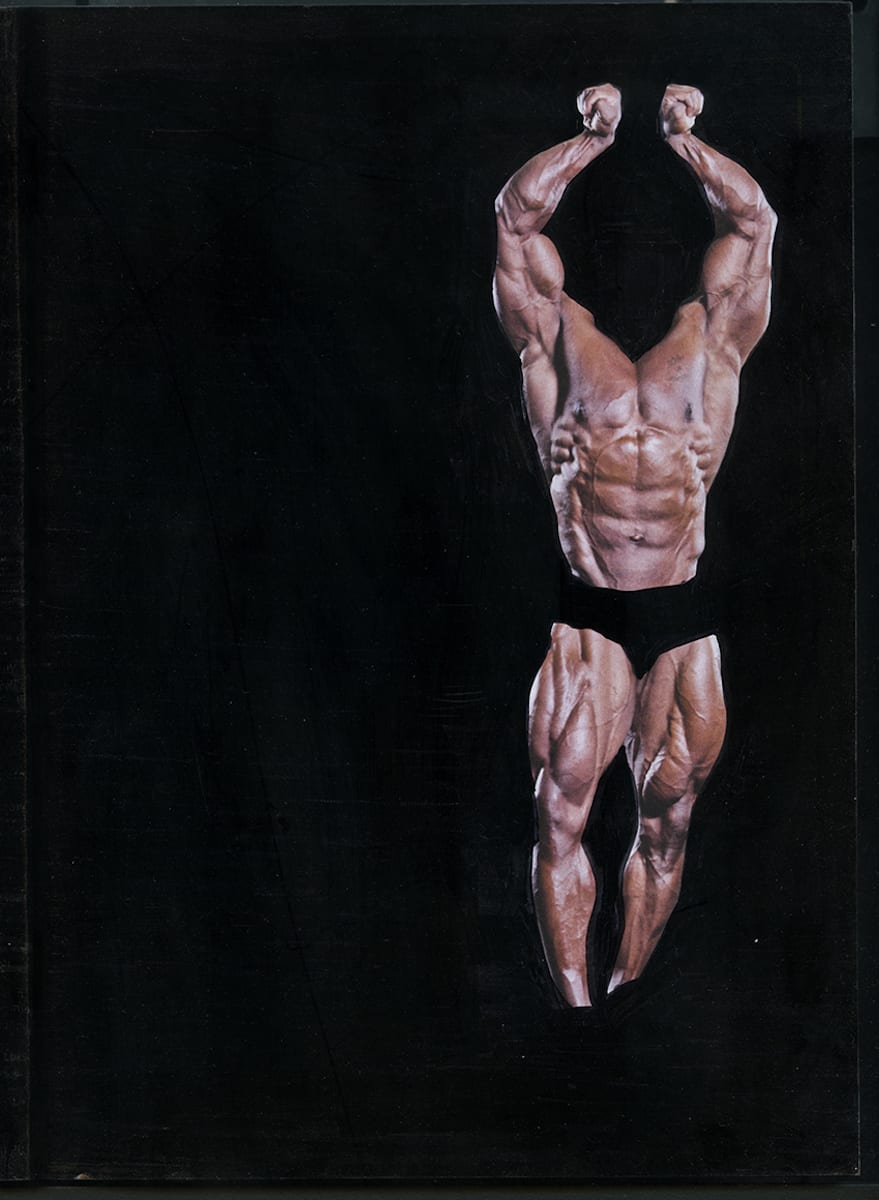
What do bodybuilding and photography have in common? Marie draws parallels between the two to explore gender constructs and how they play out across the body
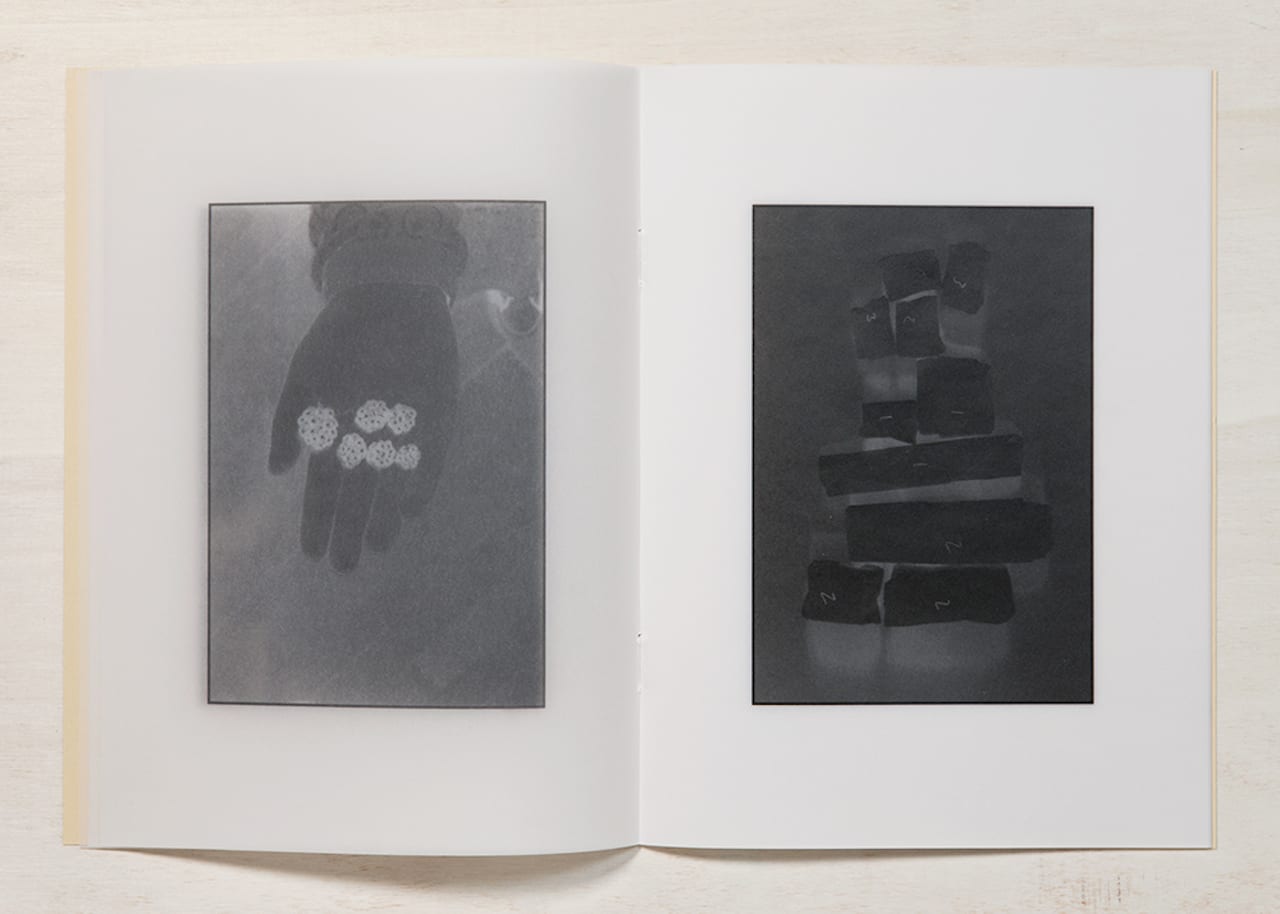
Clare Strand’s latest project presents a series of negatives printed onto translucent paper. “The offer’s there,” says Strand, “People can make their own prints and then they have the images themselves, or they can keep the book as it is. The negatives have a physicality to them – they have their own aesthetic – so it’s not a redundant object if you don’t use them”.
Strand’s zine is the 24th edition of Angle 1-90°, a 90-part project by Norwegian book publisher Multipress. Each zine is made by a different artist who presents their own unique angle on the world through photography. Multipress will continue to produce four zines a year until they reach 90°.
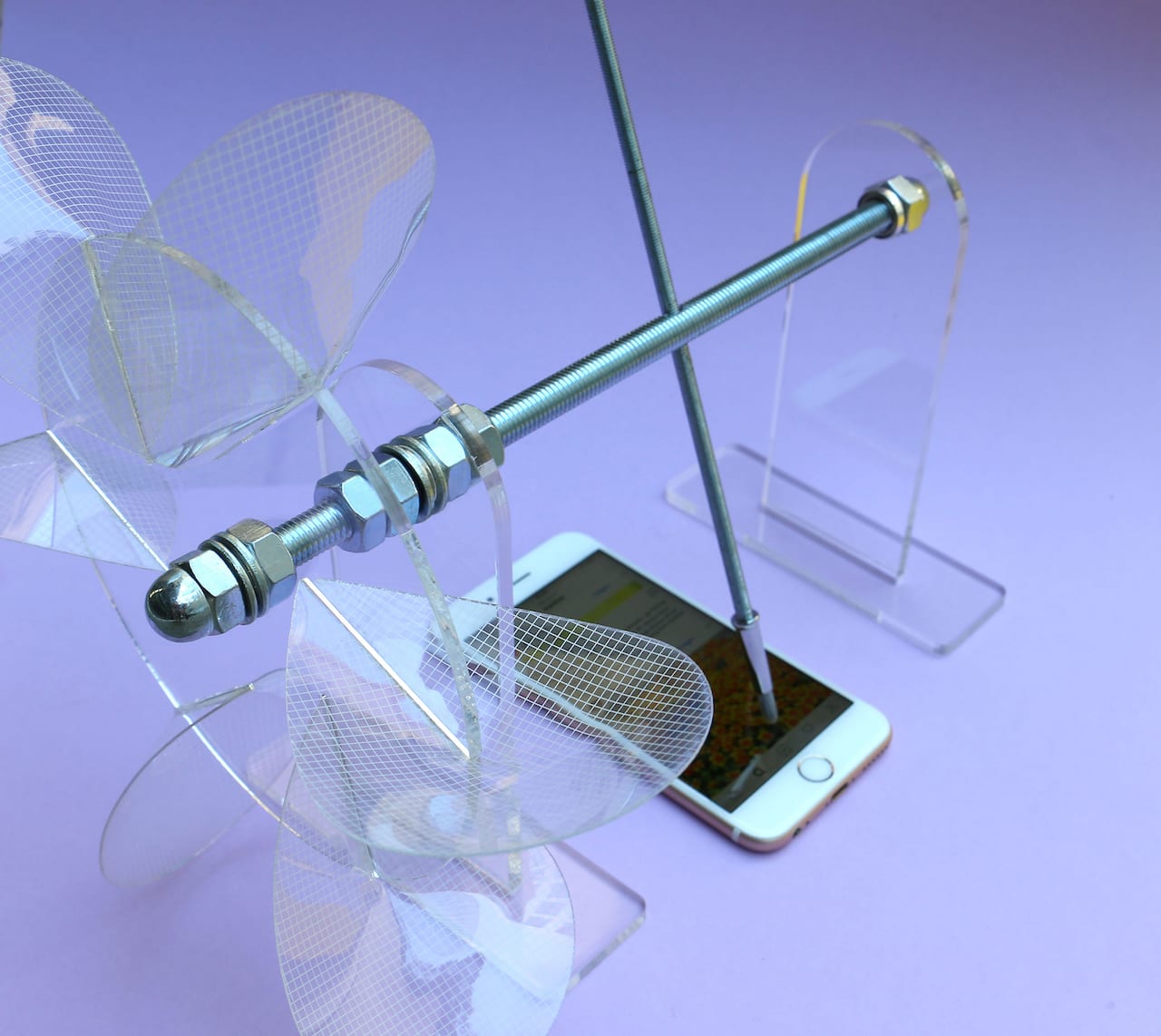
“What do I know about it? All I know is what’s on the internet.” So said Donald Trump in an interview in March 2016, after he was confronted about the legitimacy of a video he had tweeted, along with the claim that the protester it depicted was a member of ISIS. The video has since been proved as a hoax, neatly demonstrating the difficultly of navigating between truth and fiction in today’s digital landscape. In a world where even a layperson can manipulate images on their phone, and spread them to thousands of fake followers with one click, how can we begin to know what is #real?
It’s the kind of question that All I know is what’s on the Internet will pose, a new exhibition opening at The Photographers’ Gallery, London including work by 11 artists and collectives. It includes “social media machines” made by Australian designers Stephanie Kneissl & Maximilian Lackner, built to maximise activity and likes; and wall-mounted installations by Eva and Franco Mattes that reveal the lesser-known, surprisingly personal, world of online content moderators. Curated to draw attention to the neglected corners of digital image production, the show helps visualise the vast infrastructure of online platforms, and the enormous amount of human labour needed to keep it churning.